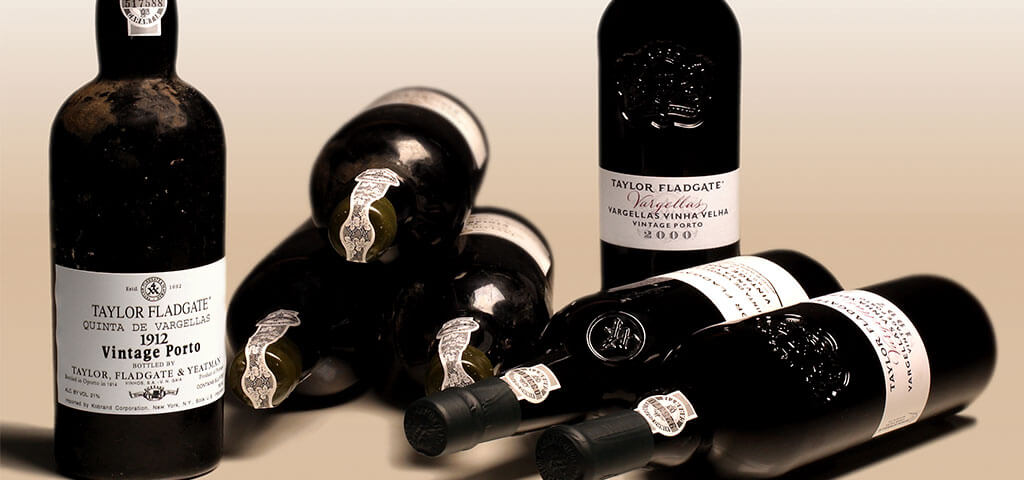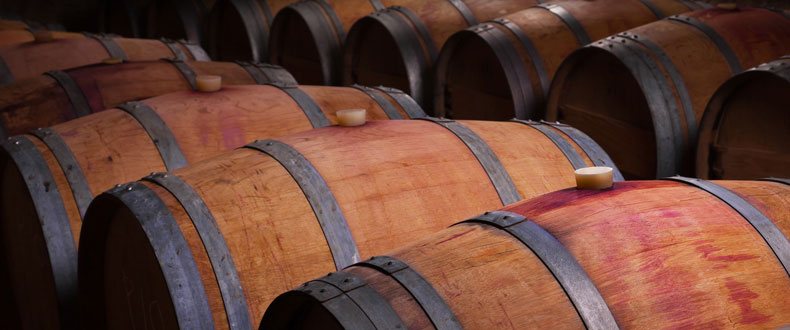
Buying Vintage Port
We understand that for the uninitiated buying a vintage port can be a daunting prospect. Our sales staff are on hand to help you so please contact us to speak to someone who can help you navigate through the selection. Our staff are trained and qualified by the Wine and Spirits Education Trust. They have spent time in Porto and with the port shippers to understand and advise on the options available.
Here are some of our top tips to buying port
- Tawnies vs Vintage Tawny ports have matured in the barrel and over time take on nuances associated with this type of storage. Once bottled they will not improve or deteriote significantly. They are light in style and have undergone a degree of oxidization and so can be kept for several months when open. They do not contain heavy sediment and so can be consumed straight from the bottle without the need for decanting. Vintage ports are bottled within 36 months of the harvest, they contain sediment and so once, aged they will require decanting. Once opened, a vinatge port should be consumed within a few days. The great appeal is that they evolve over time - gaining charcter as they do so. Some progress to become legendary wines.
- Vintage vs Single Quinta Traditionally the major shippers only declare a vintage three times every decade when the conditions are good enough. In other years they tend to release a single quinta vintage port. Whilst they are unlikelty to reach the heights of great vinatges, they are normally excellent value as they are a fraction of the price of a fully fledged vintage and are normally approachable earlier. Furthermore as they are from a single estate they tend to have additional nuances.
- Christening gifts Buying port from a birth year is a traditional gift for christenings. As teh port and child mature, the port should be ready to drink when the child come of age. We recommend single quinta or vintage ports as these will develop over 20 or so years. We do not recommend LBV or tawny as they tend not to improve with age.
- Bottle condition Our wines and ports are sourced from the best possible provenance. The level and condition is important. Over time (decades) there will be a little loss of liquid from the bottle and this will not affect the quality provided it is not severe. If there is any loss below top-shoulder we will always indicate this on the product description. Once the level gets to mid-shoulder or below there is an increased chance of some oxidisation of the port that may affect the quality. Therefore, we do not guarantee bottles with levels mid-shoulder or below - the prices are adjusted accordingly and bottles excluded from our guarantee are clearly marked in the description. Vintages are normally marked on the label, capsule and most importantly the cork. For older bottles (pre-1970) it was common to store them unlabelled. Whilst we prefer to ship the bottle in its original condition, we understand that for presentational (i.e. gift) purposes it is nice to have a label on the front. We can normally send a reprographic or plain label with the bottle.
- We offer a range of gift boxes. We understand that not everybody wants a gift box so we offer a competitive price for the wine dor port. For those that do wish to purchase a gift box we offer a wide range to peronalise your gift - rather than just one option.
Buying En-Primeur
See our full guide to buying En-Primeur

What is En Primeur?
Also known as Wine Futures, En Primeur refers to the process of buying wines before they are bottled and released onto the market. Wines are purchased exclusive of Duty and VAT and then usually shipped 2-3 years after the vintage. They can only be purchased by the unmixed case (12 bottles, 24 half bottles, 6 magnums etc.).
Why buy "En Primeur"?
The opening En Primeur price is almost always considerably cheaper than the future price of the wine on the open market. En Primeur can also be the only way to secure wines that are available in very limited quantities
What exactly do I pay?
The price of the wine is exclusive of Duty and VAT (but inclusive of shipping and insurance). Once the wines arrive in the UK, Duty and VAT can be deferred further if the wine is stored 'in bond' in a registered bonded warehouse. If it is possible that you may re-sell your wines later, it is advisable to store them under bond.
How much is Wine duty?
Current Duty Rates (March 2017) are:
- £ 2.16 per 75cl bottle of still wine.
- £ 2.77 per 75cl bottle of sparkling wine.
- £ 2.89 per 75cl bottle of Port wine
- UK VAT = 20% (applied after duty)
What does "In Bond" mean?
When the vintage is bottled and delivered to Vintage Port Shop in the UK, the cases are held initially in a bonded warehouse. This means that no UK duty or VAT has been paid on the wine. If you request the wine to be delivered to you (anywhere in the EU) then duty and VAT will be payable by you in addition to the price. You can keep the wine in bond, and we can arrange storage for you.
Can Vintage Port Shop Store the Wines in bond for me ?
Our in bond wines are stored at LCB Dinton Woods, We are able to store them for a charge of approx £13 + VAT per year/ case of 12 (subject to change). You can elect to transfer them to your own account for which there is a small administration charge levied by LCB.